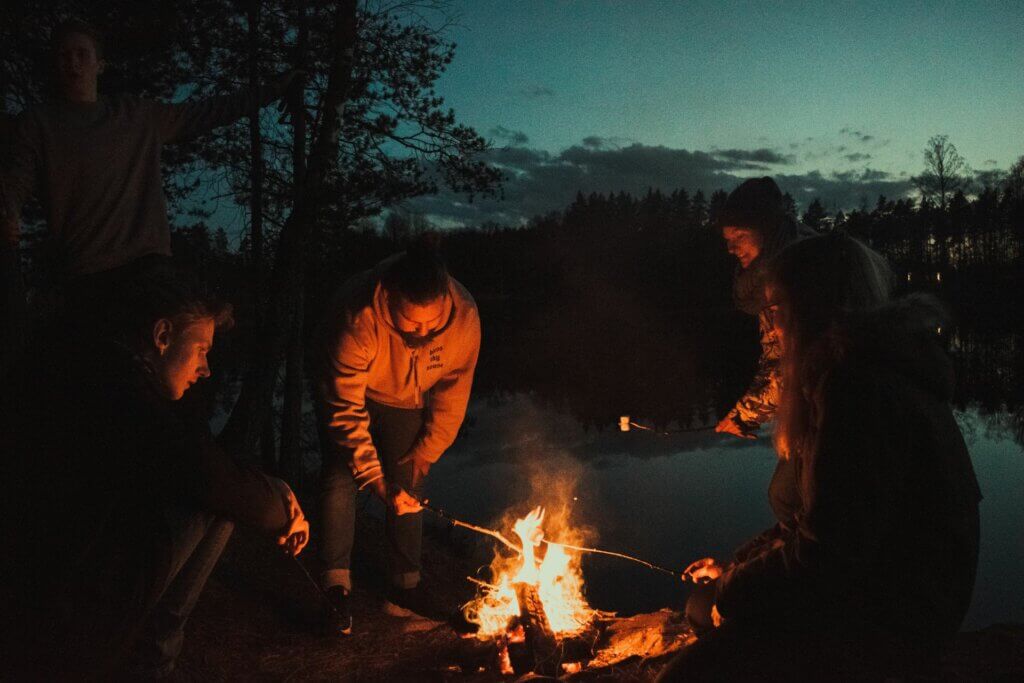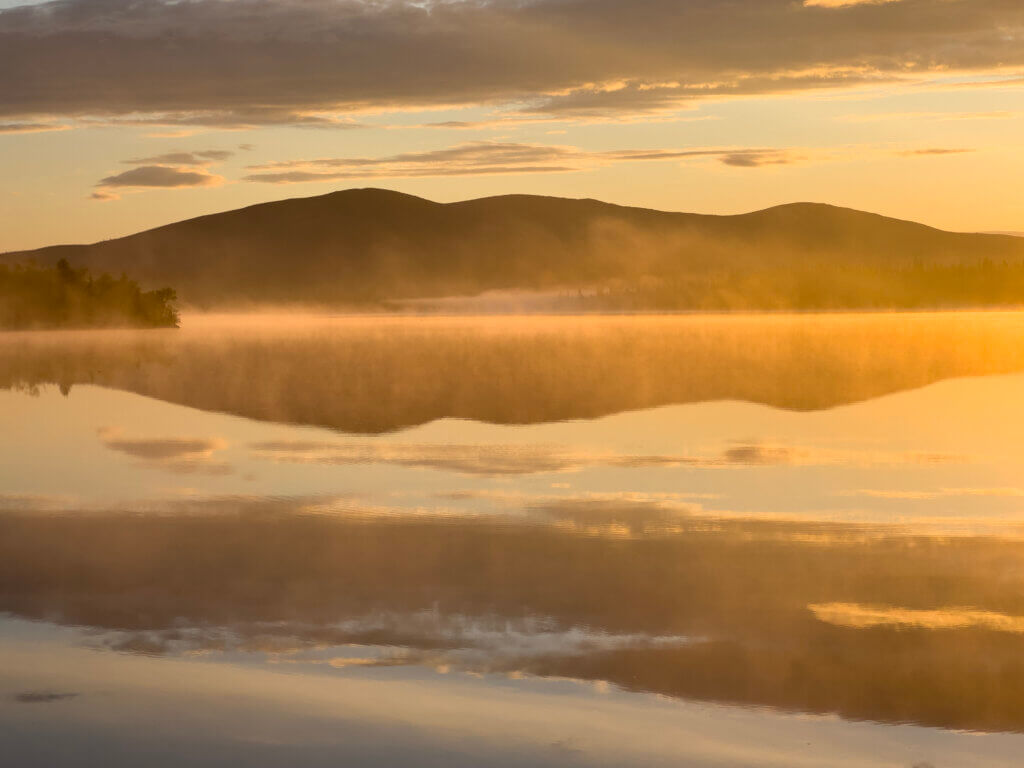
Packing List – Essential Gear
These items are required for all participants.
Check the list of essential gear and take note to make packing easier. Items marked with an asterisk (*) can be shared with another person. If you’re missing any of the listed items, you can also rent equipment from Kiilopää. Make sure to inquire about rentals well in advance!
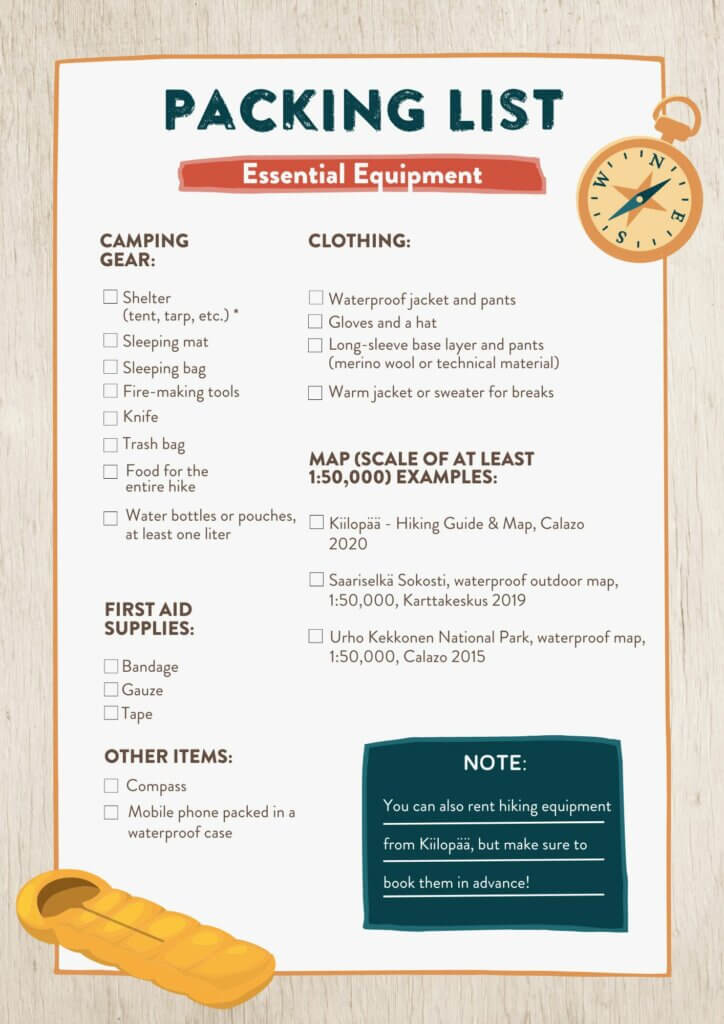
Packing List – Recommended Gear
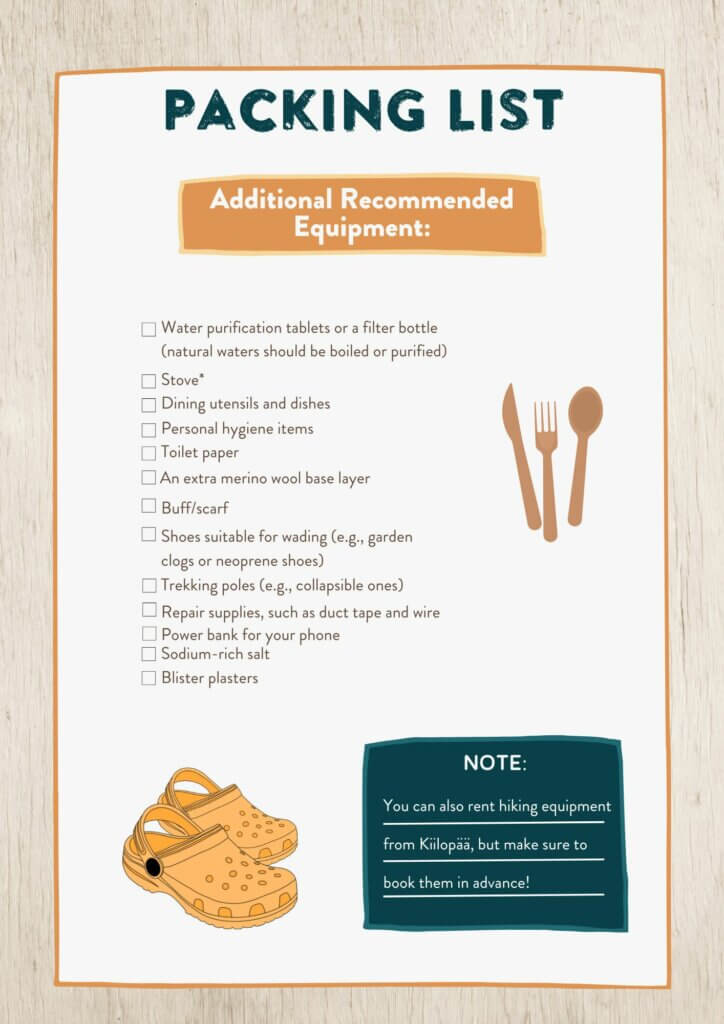
What’s next after you’ve gathered the necessary gear?
Next, it’s especially important to test your gear to ensure everything works properly before heading into the wilderness, especially if it’s your first time embarking on a longer trek. Practice setting up your shelter, adjust your backpack for a perfect fit, and learn how to use a camping stove, like a Trangia. Below, you’ll find hiking tips to help you practice the essential skills.
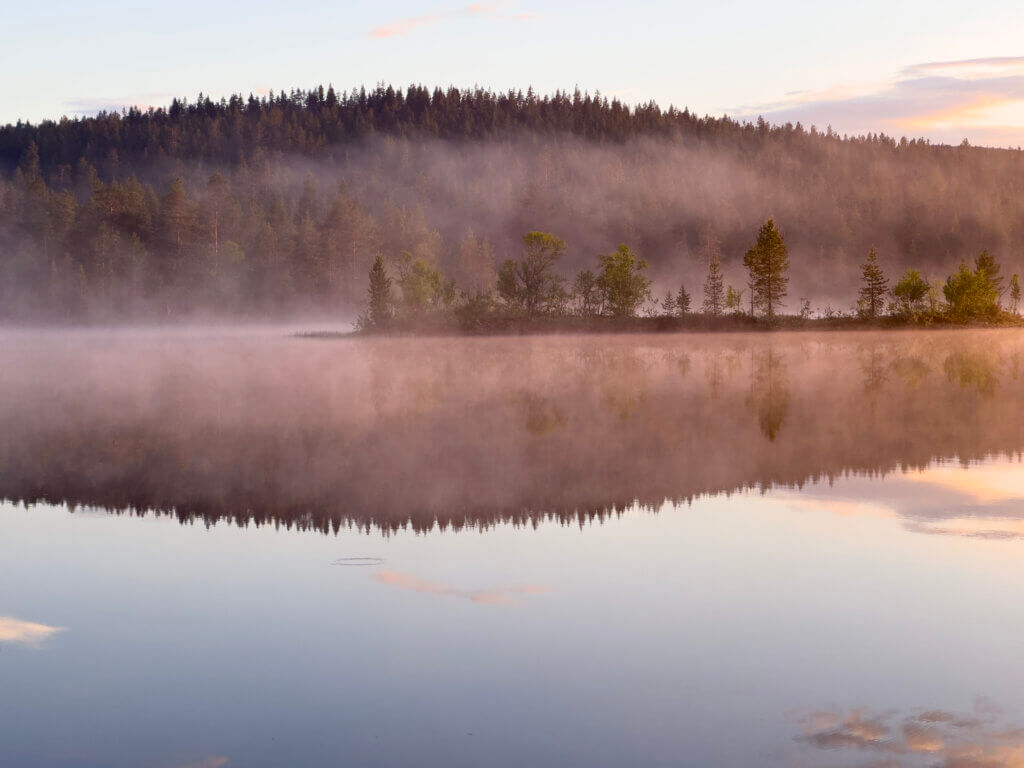
Packing and Adjusting Your Backpack
Adjust your backpack properly to distribute the weight correctly. Here’s how:
Fit the Straps: Adjust shoulder and hip straps for a snug, comfortable fit. The weight should rest on your hips, not your shoulders.
Pack Heavier Items Low and Close to Your Back: Keep heavy items near your back and low in the pack for better balance.
Distribute the Weight Evenly: Use compression straps to balance the weight and pack lighter items on top or in outer pockets.
Test the Fit: Walk with the pack before your trip to ensure comfort and make any adjustments as needed.
Testing your pack ahead of time ensures a comfortable hike with balanced weight.
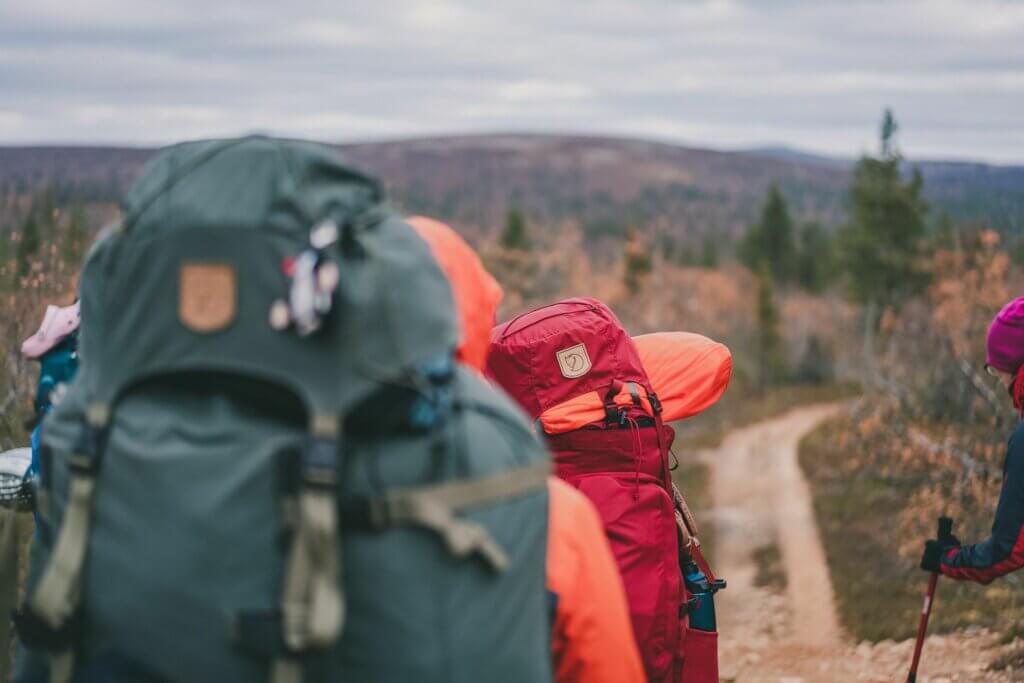
Cooking Outdoors
Hiking increases energy expenditure, so it’s important to take care of your energy levels. Hiking food should be nourishing, filling, energy-dense, and varied, but most importantly, it should be something that tastes good to you in nature. Here’s a summary of the best tips for cooking outdoors:
Plan meals carefully: Pack enough food for the trip and ensure it’s suited to the trip’s length. Pre-pack meals for each day to make cooking easier on the go. Use multifunctional packing solutions to avoid unnecessary waste.
Maintain a steady meal schedule: Eat proper meals every 3-4 hours and snack as needed. This helps maintain blood sugar levels, preventing performance and mood drops.
Respect nature: Pack all food-related waste and dispose of it properly.
Use a stove: A camp stove is crucial since open fires are usually prohibited. It’s safe to use even during fire warnings, and it allows for faster cooking.
Choose the right stove: Consider your hiking and cooking needs. Summer hikes don’t require the same stove features as winter ones. When comparing stoves, check weight, volume, safety, and ease of use.
Familiarize yourself with your stove: Read the instructions and test the stove before your trip to ensure safe use.
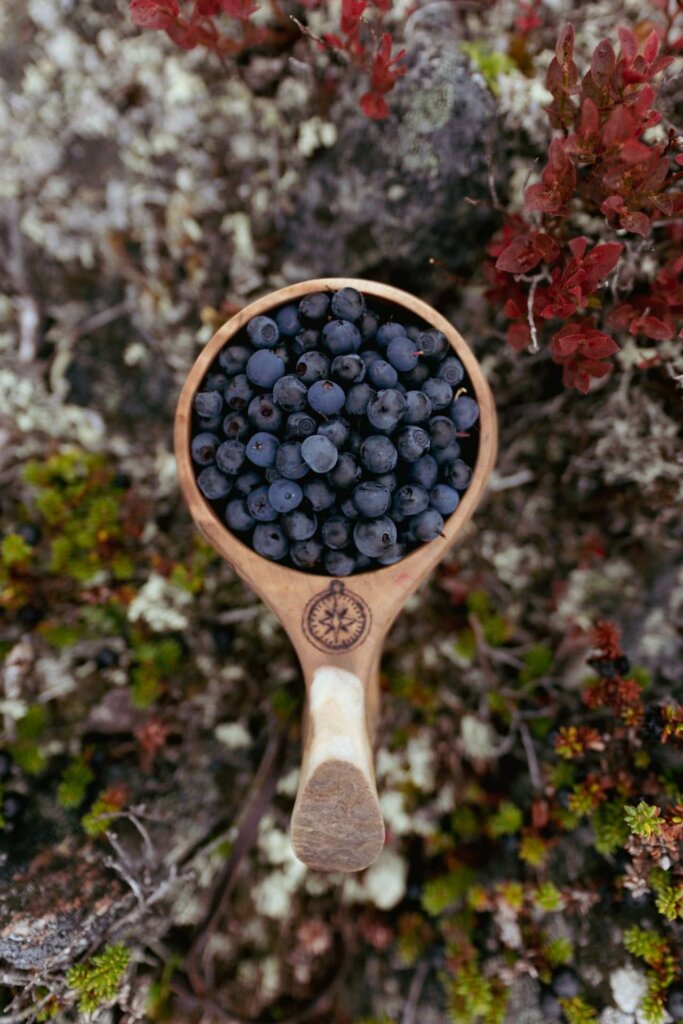
Making a Fire
Fire-making on a hike is typically for cooking or warmth, but always consider if it’s truly necessary. Use a stove for cooking and warm clothing instead of relying on open flames.
Open fires require permission and are restricted during fire warnings. Before your hike, check the weather warnings at ilmatieteenlaitos.fi/varoitukset.
The hiker is responsible for safely managing the fire, including extinguishing it. Always keep water nearby when using fire for safety.
For making a fire, you need wood, kindling, and fire-starting tools (e.g., long matches or a lighter). Pack these items in a waterproof bag, and carry dry kindling for easier ignition. Avoid damaging living trees for materials like birch bark.
